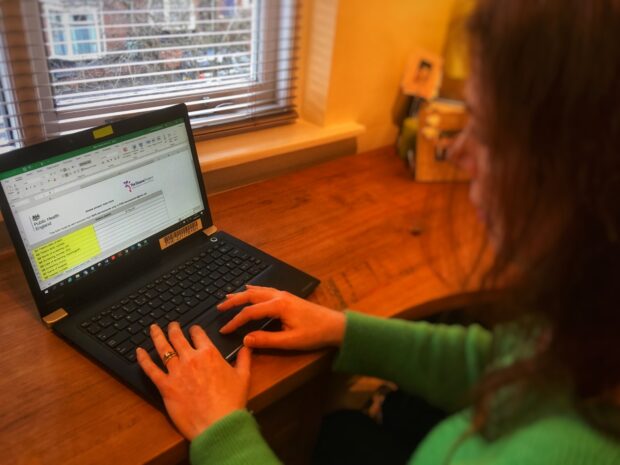
Many of you who work in breast screening will have heard of, and contributed to, the Sloane Project.
Running since 2003, the project involves breast screening units (BSUs) submitting data on cases of early developing conditions which can lead to breast cancer if untreated.
Project staff will soon be sending BSUs lists of patients identified through the NHS Breast Screening Programme and Association of Breast Surgery (ABS) breast screening audit.
These lists will be sent to Directors of Breast Screening at BSUs requesting that patients be entered into the audit using the electronic Sloane form.
Submit data on patients diagnosed with atypia, including:
- lobular carcinoma in situ (LCIS)
- pleomorphic lobular carcinoma in situ (PLCIS)
- atypical intraductal epithelial proliferation (AIDEP)
- atypical ductal hyperplasia (ADH)
- atypical lobular hyperplasia (ALH)
- flat epithelial atypia (FEA)
On average, there should be 70 patients per BSU, ranging from 300 in the larger units to 6 in the smaller units.
You may find some patients will not be eligible however. To help you to identify these we will be sending guidance on inclusion criteria with the lists.
We request BSUs return Sloane forms over the next few months.
As with all Sloane audits, we will then identify follow-up data through routinely collected datasets at Public Health England (PHE).
Benefits of Sloane
Sending in data provides us with a unique opportunity to find out more about a group of patients for whom there is a lack of available information.
A big thank you for your continuing support!
For further information about the Sloane Project contact the team by email.
PHE Screening blogs
PHE Screening blogs provide up to date news from all NHS screening programmes. You can register to receive updates direct to your inbox, so there’s no need to keep checking for new blogs. If you have any questions about this blog article, or about population screening in England, please contact the PHE screening helpdesk.